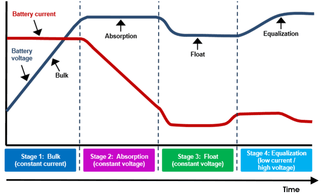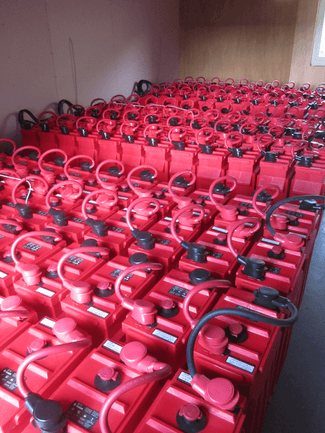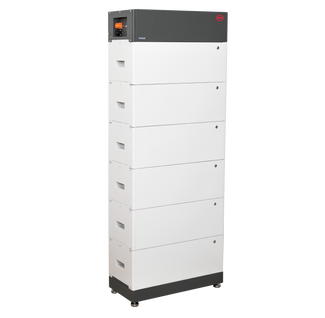


Measuring SOC
Battery State of Charge (SOC) is a measure of how much of the battery capacity is available (how full it is).
For Lead Acid Batteries SOC can be indicated by measuring the battery voltage. Ideally for a battery that has been at rest for three hours (ie. neither being charged or discharged). However, a typical system will be usually charging or discharging (often at the same time) so there is a high degree of voltage variation throughout the day. This makes it difficult to rely on just voltage reading to give an accurate gauge as to state of charge.
State of charge can also be measured using a battery hydrometer. Care must be taken not to introduce contaminants into the battery cells. With tall cells, since the electrolyte can only be sampled above the battery plates, readings can be misleading due to stratification in the electrolyte. Specific gravity varies with temperature, higher with lower temperature, and lower the warmer the battery.
Measurement should only be done with an accurate hydrometer. The normal automotive type is not suitable. A hydrometer cannot be used with sealed or gel-cell batteries.
The table below shows some typical specific gravities and how these relate to state of charge however it is always best to check manufacturers documentation as this can vary between different brands.
| Specific Gravity | State Of Charge |
|---|---|
| 1.255 – 1.275 | 100% |
| 1.215 – 1.235 | 75% |
| 1.180 – 1.200 | 50% |
| 1.155 – 1.165 | 25% |
| 1.110 – 1.130 | 0% |
Each battery cell’s SG should be measured annually to identify problems like unequal charging or if the battery is not getting fully recharged. These identified problems can then lead to discovering their causes, such as incorrect setpoints; high-resistance connections in battery strings; an inadequate charging source; or even a loss of electrolyte due to overfilling cells during watering. Charging the battery to a full SOC before testing the SG will result in more accurate readings, as the electrolyte will be better mixed and cell voltages more balanced. After this charge, but prior to taking the SG reading, do not top off the battery with water in an attempt to replace the electrolyte lost to gassing or your SG reading will be inaccurate.
For many smaller systems the best method is use of an Amp hour meter or battery Monitor.
Battery Monitors

Battery monitors record net usage from a battery, accounting for battery efficiency - acting just like a car fuel gauge.
Alternatively, many inverter/chargers include the facility to calculate SOC based on measurements of voltage and current at various DOD.
Some can allow this to be logged and monitored remotely - invaluable for detecting trends and picking up any issues that need to be addressed at an early stage.
Lithium Batteries typically use a battery management system (BMS) to calculate state of charge and this can be communicated to compatible inverter/chargers or charge controllers.


Products
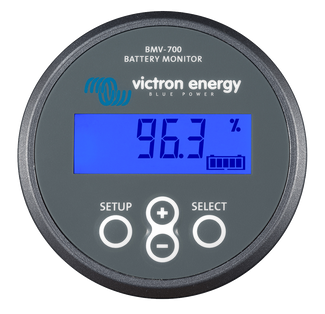
Battery Monitors
The best way to keep a measure of how a battery system is performing.
View collection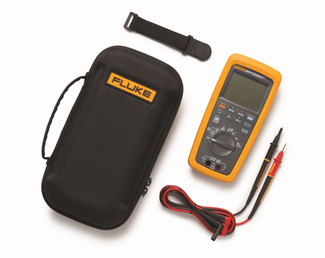
Test Meters
Used for measuring performance, commissioning of systems and troubleshooting.
View collection